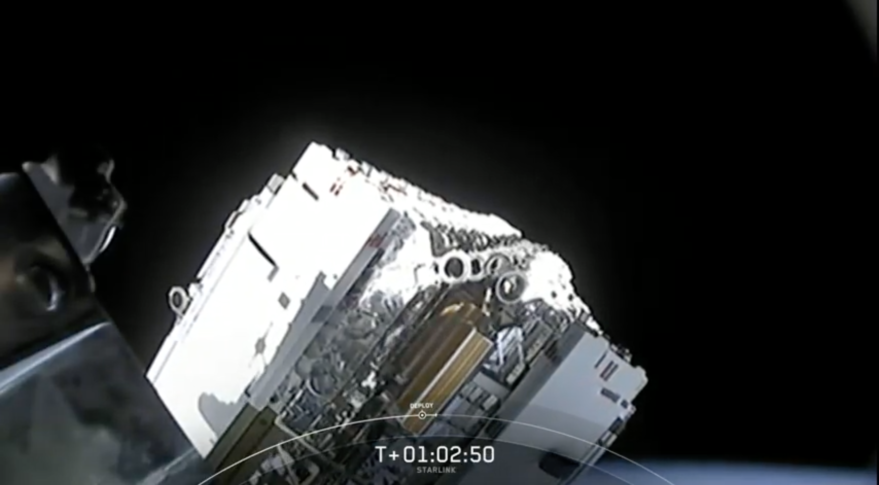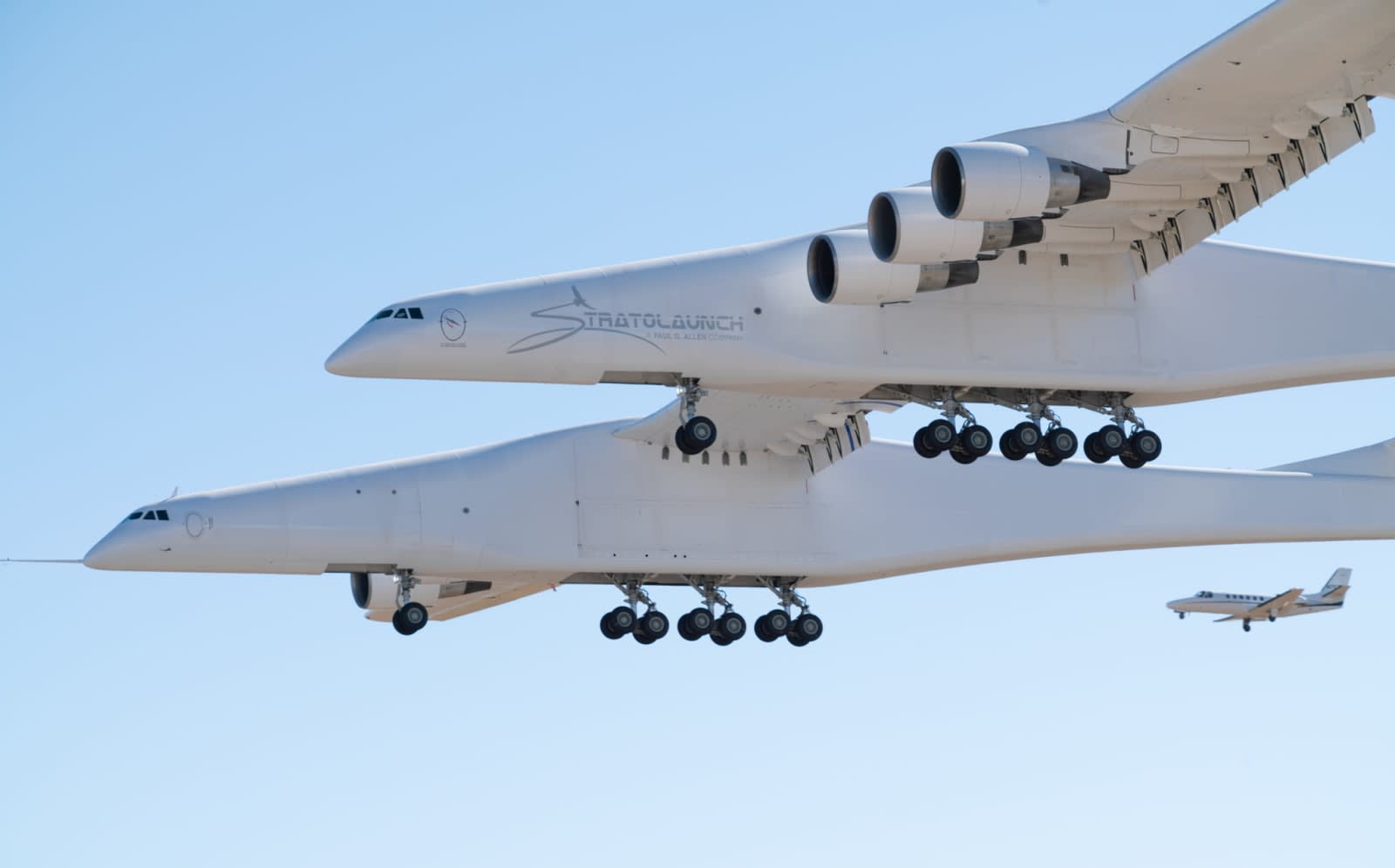Estebonrober
Deity
- Joined
- Jan 9, 2017
- Messages
- 6,062
As far as I know, that's the first time in history something like this has been seen by mankind. It's really remarkable.
Background:
SpaceX is launching (no pun intended) a satellite-based internet service. They are going to build a network of around 10,000 satellites in LEO with laser communications crosslinks (means they can route internet traffic between each other without using ground stations) and electronically steered beam antennas to cover the Earth with gigabit-class, low-latency internet.
They launched two demonstration units last year and just this week they launched 60, 200+ kg satellites into LEO. These satellites do not have the laser crosslinks but collectively they generate more power than the ISS and can provide about a terabit of throughput and they all have advanced Krypton electric thrusters they will use to climb to their operational altitude. Here they are, flat-packed in the fairing and being tossed off the rocket:
Spoiler :

This was the heaviest payload the Falcon has ever launched.
SpaceX is not the only would-be provider of space internet. A company called OneWeb is building a similar network and has set up a factory in Florida to build them. They have also launched the first batch of satellites for their constellation as well. Amazon also announced their own satellite internet initiative called Project Kuiper that will be roughly the same size as SpaceX's and OneWeb's efforts and will be launched by Blue Origin - Jeff Bezos's rocket company.
I mean it seems like communications is the most obvious use of LEO space and I support that generally, but we still haven't figured out how to get these things down. I love the idea though.







